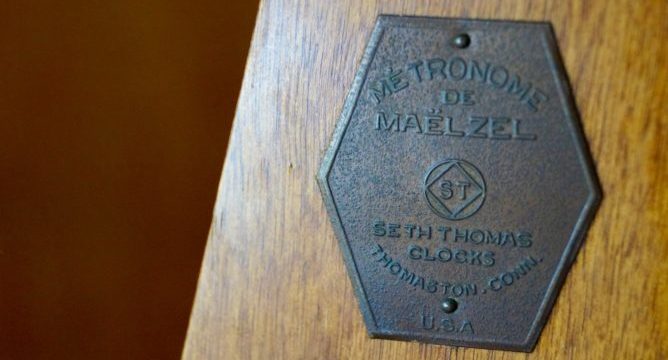
fresh inc’s approach of chamber music is unique for a couple of reasons. First, all pieces workshopped are contemporary. Most of ours were composed only a few months prior to rehearsal. Second, the coaching comes from inside rather than outside the group. Members of Fifth House Ensemble are a part of the small chamber groups to encourage learning through modeling and collaboration.
In the 16 rehearsals I had with six different Fifth House Ensemble members, I picked up a few of their rehearsal techniques. Through ten years of work together, members of Fifth House Ensemble have collected a powerful set of tools to serve their rehearsal goals. These goals are to..
- perform music accurately
- infuse it with musicality
- keep everyone in the ensemble happy
The next time your find yourself in a chamber group or coaching an ensemble (even your own student with piano accompanist), use these techniques to accomplish accuracy, musicality, and all around happiness.
- Outsource objective decisions to objective tools. Quit relying on your subjective judgements for tricky passages when tools can easily be substituted. Intonation and rhythm are sensitive subjects best dealt with objectivity. The next time you have trouble tuning, playing steadily, or navigating cross rhythms, whip out your iPhone tuner and metronome.
- Begin every discussion with acknowledgement of what is working well. Lay a foundation of productive positivity from which you can work to make things better. Not only does this keep everyone in a better mood, but it also reinforces the group’s aesthetic goals for a piece.
- Try every idea at least once. A dangerous mistake made far too often is dismissing a member’s unique idea when pitched to the ensemble. This develops a group aversion to creativity and vulnerability. Instead, make sure to play through suggestions and use music, rather than words, to make decisions.
- Make more than democratic decisions. As a follow up to the technique above, when making decisions aim to derive more than a simple majority. Axiom Brass, five members strong, requires either a 4-1 or 5-0 vote when choosing musical directions. If a 3-2 vote is reached, the members must keep working on a solution. Remember, the more negation made during the decision making process, the better.
- Break down difficult passages. Fifth House Ensemble use several techniques to break down difficult passages. First, identify who the leader is. Look for moving notes, melodic material, and generally the lower voice to decide. Allow that person to play alone, and then add on other members one by one. While doing all of this, have several members consulting the score to understand interlocking relationships and the scope of the passage. Keeping a few players out of the texture while working it over offers to advantages. The soundscape is easier to navigate with less moving parts, and there are several sets of ears that can be used to identify specific challenges or triumphs.
I coached my first chamber group two summers ago at the Austin Chamber Music Workshop. I wish I had a knowledge of these techniques during those first few rehearsals. Please employ them to serve you and your students in your ensemble work to come.
